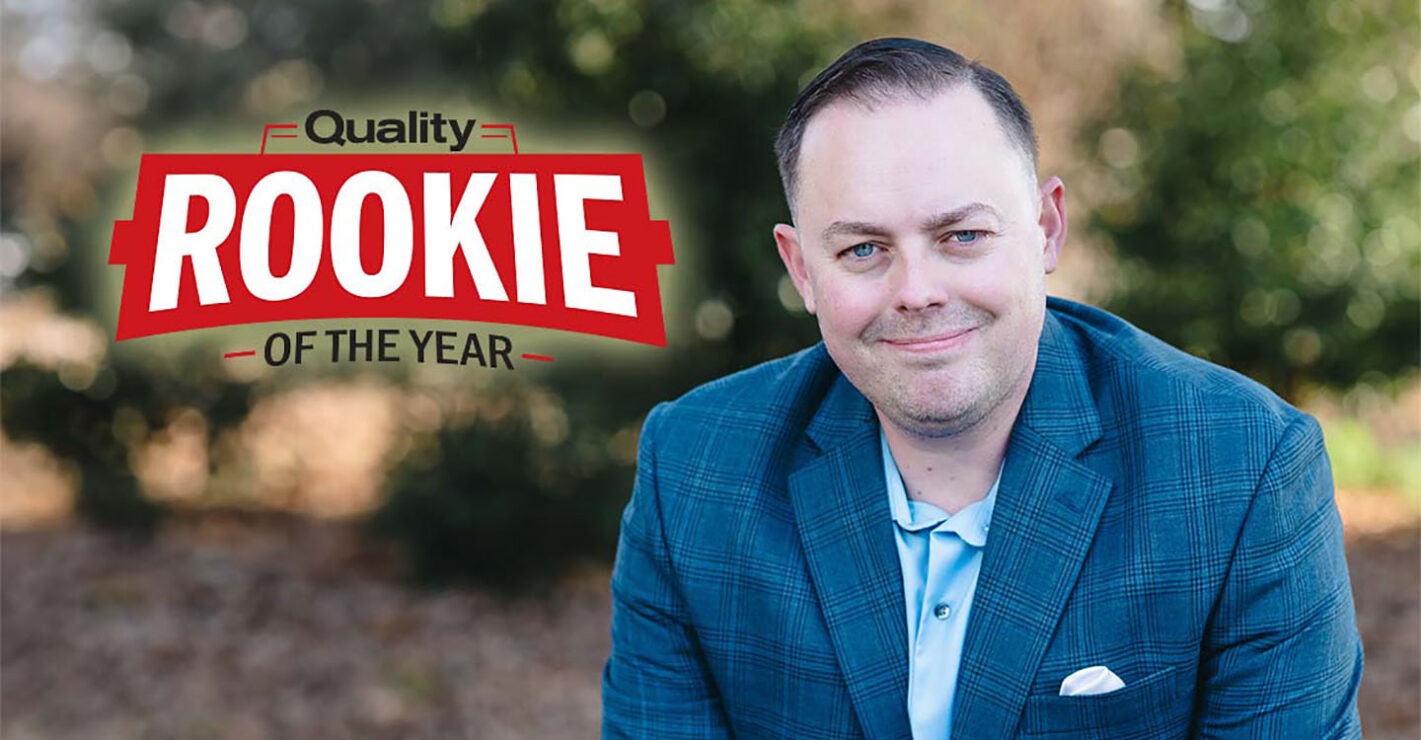
I recently received an e-mail from a faithful reader who had a problem regarding the calibration of adjustable thread ring gages. He realized that the rings should be verified using calibrated thread setting plugs, but he didn’t have enough of them to cover all of his rings. His company had avoided buying setting plugs in the past, so he doubted they would do so now.
He sent the rings he didn’t have masters for to outside labs for calibration and stipulated they should be verified using the appropriate truncated type setting plugs. But the labs he selected did not have them either and claimed to use a “two-point laser method” to calibrate them.
My reader is caught between a rock and a hard place. His company did not spend the money to get the correct setting plugs when the rings were purchased. And the labs he’s been using don’t appear to want to buy the right equipment either. Everyone is trying to save money on calibration, but they’ll learn that they do so in the short term only. Ultimately, today’s savings become tomorrow’s expenses.
Any lab claiming to be in the gage calibration business should have setting plugs for all standard series threads and classes of fit. This is one reason I recommend that folks using outside calibration houses visit them to see what they have in the way of equipment and masters. If my reader’s threads are standard, a little shopping around should find a lab with the right masters.
If the gages are specials, then few independent labs will have the setting plugs. One course of action is to check with the company that made the rings in the first place. They may have the setting plugs on hand. If the gagemaker is unknown, check with a number of manufacturers to see if they can help you. But be sure to tell them you want the gages checked using truncated style setting plugs as referenced in the various ASME/ANSI standards.
I am not familiar with the “two-point laser method” of calibrating adjustable thread ring gages. It sounds like advertising-speak from a maker of calibration equipment. My guess is that it refers to a gage calibration device that incorporates a laser measuring system with balls that contact the gage for the pitch diameter measurement.
The only other way a laser might be tried for this work is to have it scan the thread and through the magic of mathematics come up with numbers. While the mathematics may be flawless, I doubt they’ll cover all the factors involved; therefore, the size they declare the gage to be will be off the mark by a significant amount. How much? Enough to mean the results weren’t worth the time it took to get them.
Any two-point measurement of an adjustable thread ring gage suffers from the same problems. If the measurements haven’t been corrected for thread form, roundness and linear pitch, they won’t be anywhere near the functional size of a setting plug.
From time to time we get thread rings in for calibration that are subject to a measurement dispute. Often, the calibration source details are not available, but the evidence that direct measurement was used remains in the form of witness marks, showing on the gages where the measurements were made. These may be diametrically opposed dashes, small circles or Xs.
Rings that have been adjusted using direct measurement never match those set to a master, and disputes invariably occur if the product is subsequently checked using correctly set ring gages. Direct measurement checks specific features as isolated elements only. A thread ring gage tests the functional size of the package made up of those elements to ensure components will assemble correctly. It may not be high tech, but it works.
I wish I had some trade secret to pass on to my reader to help him out with his dilemma, but I don’t. If his company intends to use these gages and wants to ensure they are set correctly, they’ll need to be set up on a truncated type setting plug. Anything else is a technical compromise that will virtually guarantee an incorrect setting.



